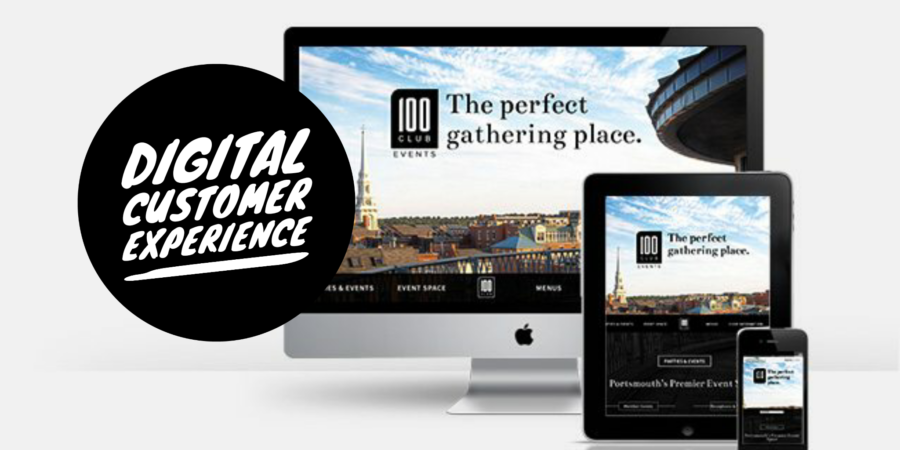Digital Customer Experiences
How to create digital customer experiences which will result in higher customer satisfaction rates, greater customer loyalty and increased revenue.
As the Internet becomes more entwined with everything we do each day, businesses must have a robust online marketing strategy to ensure they remain relevant as well as visible.
With more than 80% of the Australian internet population access social media sites, with one-third doing so five times a day, the future digital landscape presents enormous growth potential.
Digital Customer Experience involves a wide range of online and offline activities. Each of these activities acts as ‘touchpoints’ through which customers interact with your brand.
Your website, mobile app, online marketplace, in-store event, or digital marketing post can all provide shoppers with meaningful brand experiences.
When done well, the brand experience can cultivate emotional connection and become a very memorable moment.
What is a Digital Customer Experience?
Digital Customer Experience (CX) is an amalgamation of all the interactions and experiences a customer has with your brand.
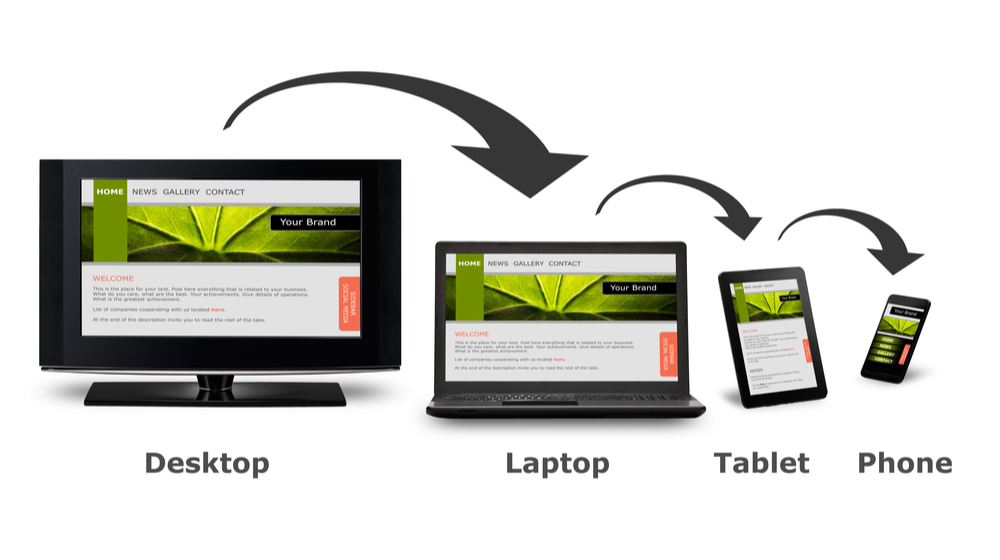
This information is used to optimise your Digital Customer Journey; the logical flow that your customers take from the initial research of your brand/offer, through to making a final purchase.
This is a matrix of digital touchpoints between your business brand and your customers.
By understanding this digital matrix and the flow, it will allow you to build an information profile about your customer, which then allows you to personalise their brand experience.
Digital Customer Experience TRUMPS Digital Marketing (every time)
While social media and digital marketing are ESSENTIAL for companies to build and engage online audiences, it only forms one part of a comprehensive digital strategy.
There is no use spending money on digital marketing unless you have a well-designed digital experience and journey.
Having a poorly designed or confusing customer flow across your digital marketing campaigns to websites to page content is NO DIFFERENT to having customers inside your retail store, but they can’t find the items they want to purchase?
We all know what happens, the customer leaves!
Research by American Express found that 86% of customers are willing to pay more for a better experience.
• Customer experience is set to be the number one brand differentiator in 2020 (and beyond)
• 1 in 3 customers will leave a brand they love after just one bad experience
• Customers are willing to pay a price premium of up to 13% (and as high as 18%) for luxury and indulgence services, simply by receiving a great customer experience
• 49% of buyers have made impulse purchases after receiving a more personalized customer experience
• Customers that rate companies with a high customer experience score (i.e. 10/10) spend 140% more and remain loyal for up to 6 years.
How to create Digital Customer Experiences to improve your business
To avoid frustrating customers, diminishing their lifetime value, or driving them to your competitors due to poor digital experiences, businesses MUST NOW be focusing on digital experience strategy and planning.
So? Where should you start?
(1) Design a Quality Brand!
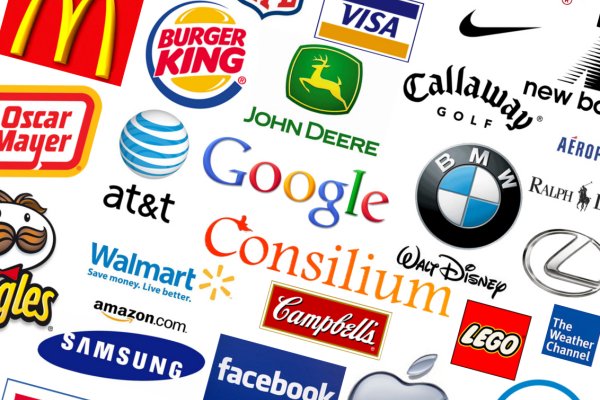
Brand experience encompasses pretty much every aspect of the way consumers interact with your brand. Bad brands can be a deal-breaker!
The internet of things has changed the way we interface with brands.
In the past, we only came in contact with a brand through print, radio, TV or signage.
Today, and in the age of social media and digital marketing, brand touchpoints are connected with consumers simply from what they are viewing or searching for on the Internet?
Business marketing now involves social media, email campaigns, websites, online marketplaces, and even through downloadable mobile apps.
Today’s GREAT brand experience requires businesses to turn the entire experience into something educational, engaging and memorable.
Before you can begin to engage with your potential customer, the first step is to create a quality brand.
Unlike staring at a store sign or billboard, digital engagement is VERY engaging and FAST! (literally seconds).
To be able to connect with your audience quickly, you need to have well-designed brand elements that deliver your message quickly.
• Brand Identity
• Brand message
• Brand Image
• Brand Position.
To help you develop a quality brand, download our FREE Brand Development Strategy Guide or let us do the hard work with our Brand Optimisation Service.
Resource: Check out our Brand Optimisation Service
(2) Understand your Customers
It’s IMPOSSIBLE to market to customers if you DO NOT understand who they are or what they want?
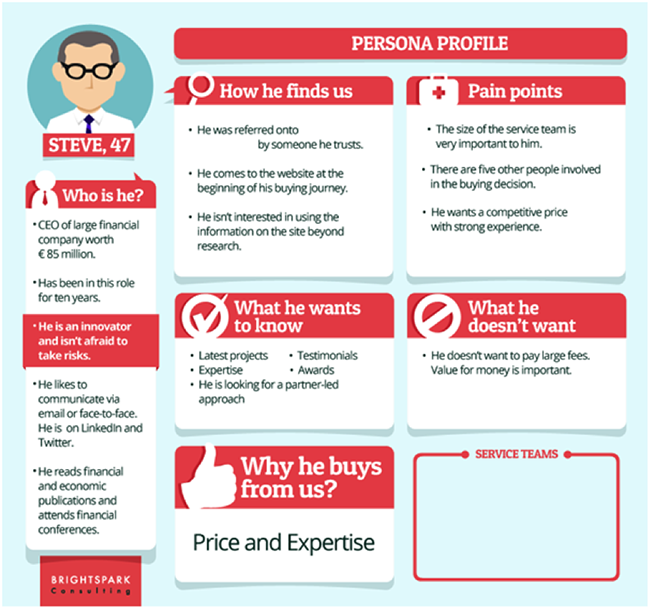
The next step, and one of the most important steps, is to understand your customer. By understanding who your customer is and what their problems are, you can build upon these customer experience principles is to bring to life the logical journey they will need to take.
Think about
• Creating a customer persona
• Understanding your customer problems
• Learning how these customers research and purchase
• Where your customers get their information from.
If your organisation understands the customer’s needs and wants, then you can more easily connect and empathise with the situation that your customers face.
Only then, you will know where to target your marketing, what the message should be, what the solution will become, and the logical flow across your website needs to be for the shopper.
Resource: Ask us for a copy of our FREE Customer Persona Worksheet
(3) Build-out your Functionality Requirements
One of the hardest parts of building a digital customer experience and journey is deciding upon the tools that are required, and designing the logical flow or steps that the customer will take when using these systems.
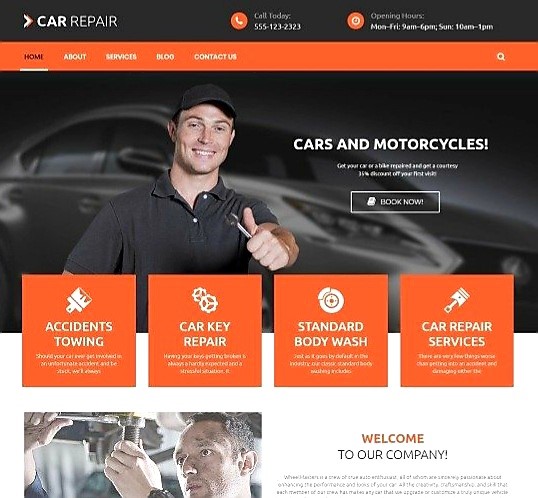
For example, if you are a car dealership, and you want to streamline the way customers book their car servicing. You may want them to book using your website or digital app.
In doing this, you may need to think about what content is required on the website or app to support functionality, build trust and allow for a completely seamless booking process.
Then, how this information is displayed on pages for ease of booking, how the system communicates with your customer to keep them informed throughout the service, how payments are made, where their service history is stored, how feedback or reviews are gathered, and finally, how they re-book their next appointment.
So, it’s not just a single page for people to book a service, is it?
That’s NOT an experience anyone would call memorable.
The usability & accessibility provided in the interaction is absolutely critical.
The amount of effort and enjoyment that users perceive when navigating through the experience PLUS the value they receive (what they get out of it).
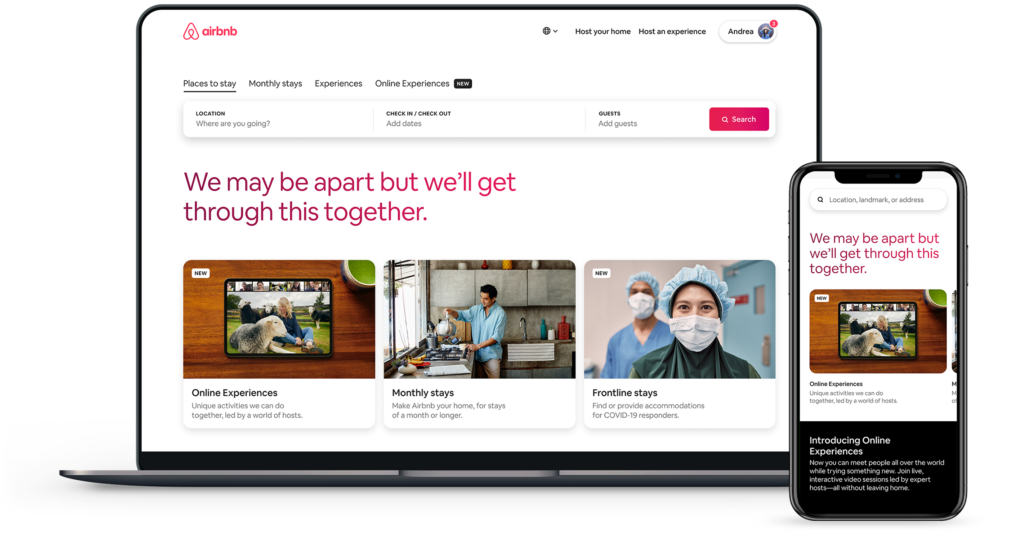
The goal of delivering an amazing experience is for customers to accomplish their goals and feel good about it. Every touchpoint within the customer’s interaction needs to be designed to deliver experiences based on the brand’s promise.
In order to maximise functionality, you need to improve usability and accessibility in your user experience. Bad user experience has a profound effect on lifetime customer value.
According to Forrester, 61% of online adults state they are unlikely to return to a website that is difficult to use and doesn’t provide them with easy access to the information they need. In short, it does not provide a satisfactory experience.
Therefore, the digital customer experience you create WILL BE your greatest competitive differentiator in the digital age ahead.
Resource: Learn how rev™ Branding uses digital systems to boost marketing experiences to create ‘Unconventional Brand Marketing’ experiences.
(4) Develop your Customer Journey Map
A customer journey map is a visual representation of the path a visitor to your website takes when they first enter the site till when they leave. This is a ‘mudmap’ that shows each way that they interact with your website as they move toward their desired goal.
For best practice, this plan should take into account where the visitor first met your brand e.g. a social media post or an email. This is typically where you should start to get a complete customer experience.
Your customer journey map will give you a better idea of how your visitors use your site, it can show what actions they take to accomplish specific tasks, identify points of friction they experience, and determine whether they are able to successfully achieve their goals (plus your own).
A customer journey map includes such important information such as:
• What pages people visit, and in what order
• The specific steps customers take to achieve their desired results (education, branding, purchase etc)
• All the points of interaction between your company and your customer via the website
• Which aspects of your site people find helpful and which they find frustrating
• Where you need to be providing support, from brand discovery through post-purchase.
(5) Introduce Personalisation
Consumers are sick and tired of being bombarded by irrelevant adverts and promoted posts on their Facebook, Instagram, LinkedIn and Google pages.
Whatever you’re selling, you are in the business of connecting with people to build trust and relevance. Personalisation builds stronger brand connections with your customers and develops trust. More importantly, a great brand experience gives you a far greater advantage over your competition.
In an earlier section, we placed great emphasis on ‘understanding your customer’. The better you know your customers and their needs, the more equipped you’ll be at creating customised brand experiences
Have you ever stopped to ask yourself, is your website, app, adverts or events creating a memorable and personalised brand experience?

Do you ever mention a customer’s name or refer to something that’s relevant to their specific situation?
Have you created an action based on the activity a shopper has made from a piece of content you’ve published to them recently?
If you’re still using broad-based marketing and a wide net to capture sales leads, you WILL NOT survive!
Resources: Create quality content for your website and social media pages
(6) Deliver Brand Experiences using Brand Stories
Storytelling is at the heart of delivering exceptional brand experiences. It’s through stories that consumers connect, emotionally and mentally.
When we meet someone in real life, we ask questions to get to know them better. We listen to their anecdotes, ideas, opinions, and beliefs. We use this information to connect and relate to them. If a brand delivers the identity and message of a business, why would this be any different?
The new age of content marketing is an exciting, unique opportunity for content creators to push the boundaries of brand stories.
The human brain is wired to respond to a well-crafted narrative, and the reason every movie is written in this format. This proves that storytelling is the best way to capture people’s attention, bake information into their memories, and forge close, personal bonds.
Your audience is programmed to crave and seek out great stories, a fact that will never change.

Use case example: Goodlife Fitness
Goodlife Fitness is a great example of using a well-crafted brand story to change people’s perception of a gym. The days of high pressure, aggressive sales tactics, coupled with images of impossibly beautiful, fit, and sculptured people no longer works.
Why people use a gym is no longer just about vanity, at least not exclusively. It’s about taking better care of ourselves with improved fitness and mental health.
Goodlife launched its “Live Your Good Life” campaign. It featured 15 to 30-second videos, radio, and television spots showcasing the everyday real heroes in our lives.
A year later, Goodlife launched #SexySmartStrong, featuring real people of all shapes, sizes, and backgrounds telling their stories.
Then more recently, they released a series of television commercials in the US showcasing real Goodlife members sharing their stories or transformation and motivation. The #ChangeYourStory campaign proved very popular for the fitness chain, and inspired many others to change their own story, too.
Real people. Real stories. That’s the right kind of motivation and the driving force behind Goodlife’s brand story.
Resource: Download our Brand Strategy and Development Guide to help you to design a powerful and focused brand identity and message.
(7) Create Engagement & Interaction that’s Unforgettable!
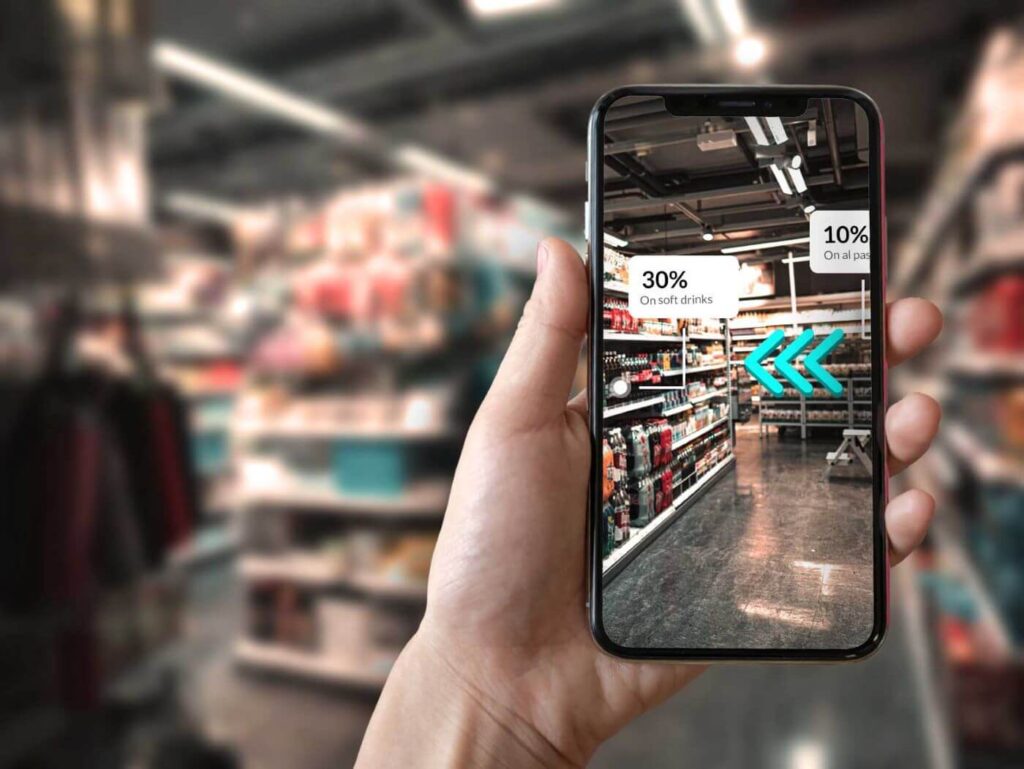
We call this ‘Unconventional Marketing’ and its quickly becoming the new normal for brand marketers who are seeking to create unique brand experiences.
Engaging in digital experiences for your customers can quickly transform your business on so many levels e.g. product delivery, customer satisfaction, marketing, brand awareness, and sales.
So many companies have already embarked on their omnichannel marketing journey, selling their products and services instore, on their website, and via eCommerce marketplaces such as eBay and Amazon.
They are also publishing engaging social media campaigns across Facebook, Twitter, LinkedIn, Instagram, TikTok, and creating quality blog content on their website. Some companies have even invested in a downloadable app?
Nothing wrong with this, in fact it’s GREAT!
However, if you really want to differentiate yourself from your competitors and create a truly outstanding brand experience, it’s not the tools or the content that will makes it a success, it’s the brand experience strategy and tactics that will bring everything together to make it a success and a memorable campaign.
Resource: Learn about ‘Unconventional Marketing’ and how we use digital tools, strategy and tactics to create memorable brand experiences.
(8) Integrate all your brand campaigns
We spoke earlier about a ‘logical and seamless online customer experience’. Have you asked yourself, is the interaction your customers have with your brand from start to finish both seamless and consistent? Or, is it confusing and disjointed?
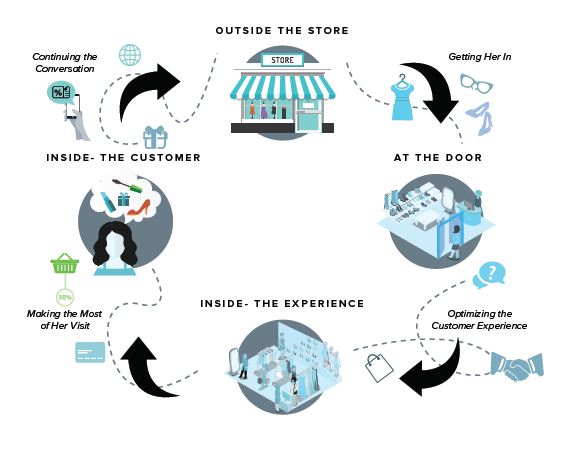
It’s absolutely CRITICAL that you review each touchpoint your shopper has with your brand. Ask a friend to step through one of your marketing campaigns to gain their impartial feedback about the message and flow.
By doing this, you’ll quickly uncover gaps in the type of information you are providing, roadblocks in the flow from one system to another, which is potentially diminishing the customer’s brand experience.
“We clicked through to a website from a promoted post we saw on Facebook, to end up on a page that had a different image, a misaligned content message and topic?
To create a seamless digital experience, your brand presentation must be consistent, both offline and online. All your decisions about events, marketing campaigns, advertising etc. should be built around the core values of your brand.
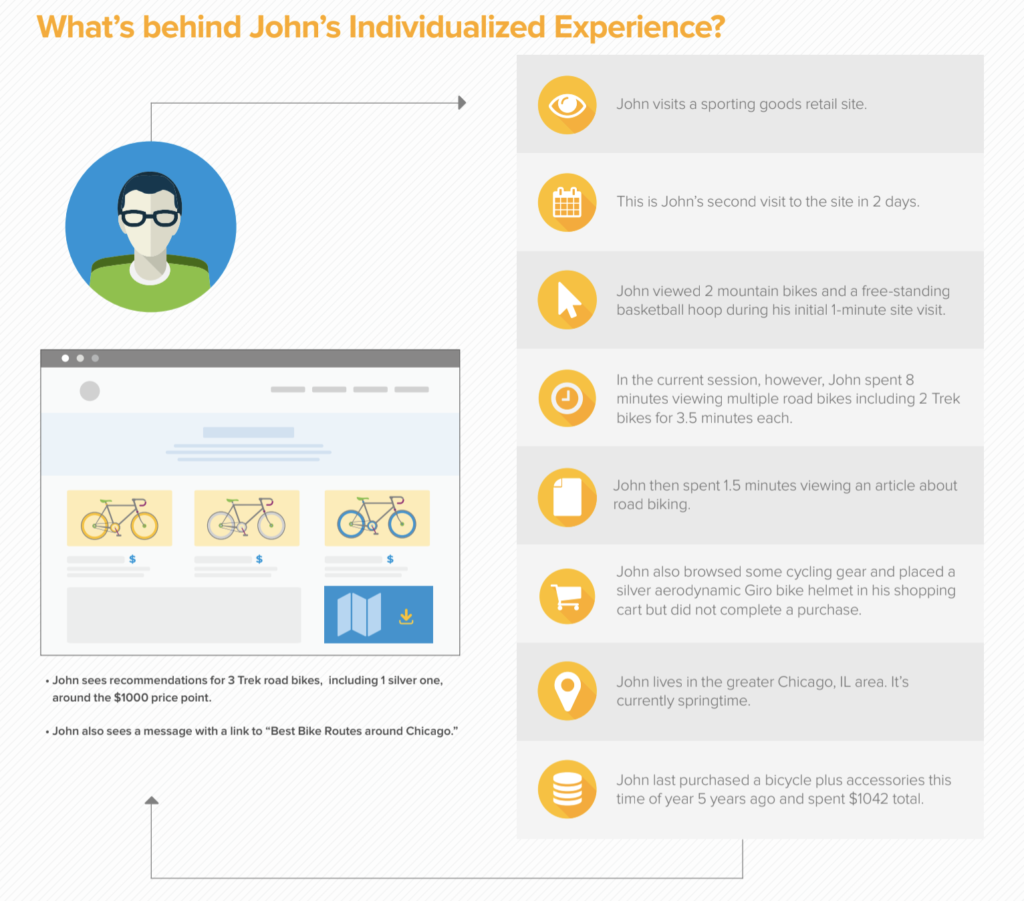
In improve your digital customer journey visibility and control, invest in systems that integrate to each other, so you have a ‘centralised view of your customer’ and their complete history of interactions with your brand.
Resource: How to plan your Digital Transformation Project
(9) Omnichannel
Today’s omnichannel shopper expects a cohesive brand experience that extends beyond the store, to your website, eCommerce marketplace and social media, all accessed seamlessly by their smartphone, tablet or laptop computer.
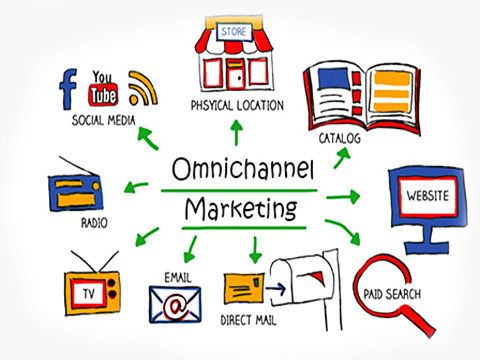
Providing shoppers with a way to engage with your brand, products, services and reviews across multiple platforms has now become essential for optimal engagement.
Omnichannel means recognising that different individuals will use different channels to research and make purchasing decisions.
Omnichannel engagement sits at 18.96% versus 5.4% on a single channel e.g. just a physical store location.
Research also shows that the majority of online shoppers will research a product across various online sites, before making the final purchase instore, AND around 39% of shoppers will not visit a physical store if they DO NOT have a quality online presence.
Omnichannel marketing and sales will enable you to remain relevant and competitive in a crowded digital marketplace.
In a growing digital landscape, omnichannel marketing allows you to connect and interact with your customers through more personalised brand experience. Get this right; you can create very loyal lifelong customers (90% greater chance).
Resource: How to sell products online using omnichannel marketing
Helping you to build ‘Unconventional Marketing’ Campaigns
Unconventional Marketing is quickly becoming the new normal for brand marketers who seek to create unique and memorable brand experiences that differentiate them from their competitors.
Whether it’s a simple sales lead generation campaign or a new product launch, we can show you how to use digital technologies to turn a traditional marketing campaign into a truly outstanding and memorable brand experience.
Need Some Advice?
rev™ Branding is a specialist brand agency helping companies to integrate their brand with digital technology and marketing to drive sales and growth opportunities.
For over 20+ years, we’ve been optimising digital experiences and developing high-performance brand campaigns which are strategic, creative, and connect with your online audience to inspire actions.
Ask our digital experience experts for any help or advice you may need to plan your digital customer experience and journey. Contact us on [email protected] or call +61 3 9863-7444.
Turning online audiences into paying customers!
